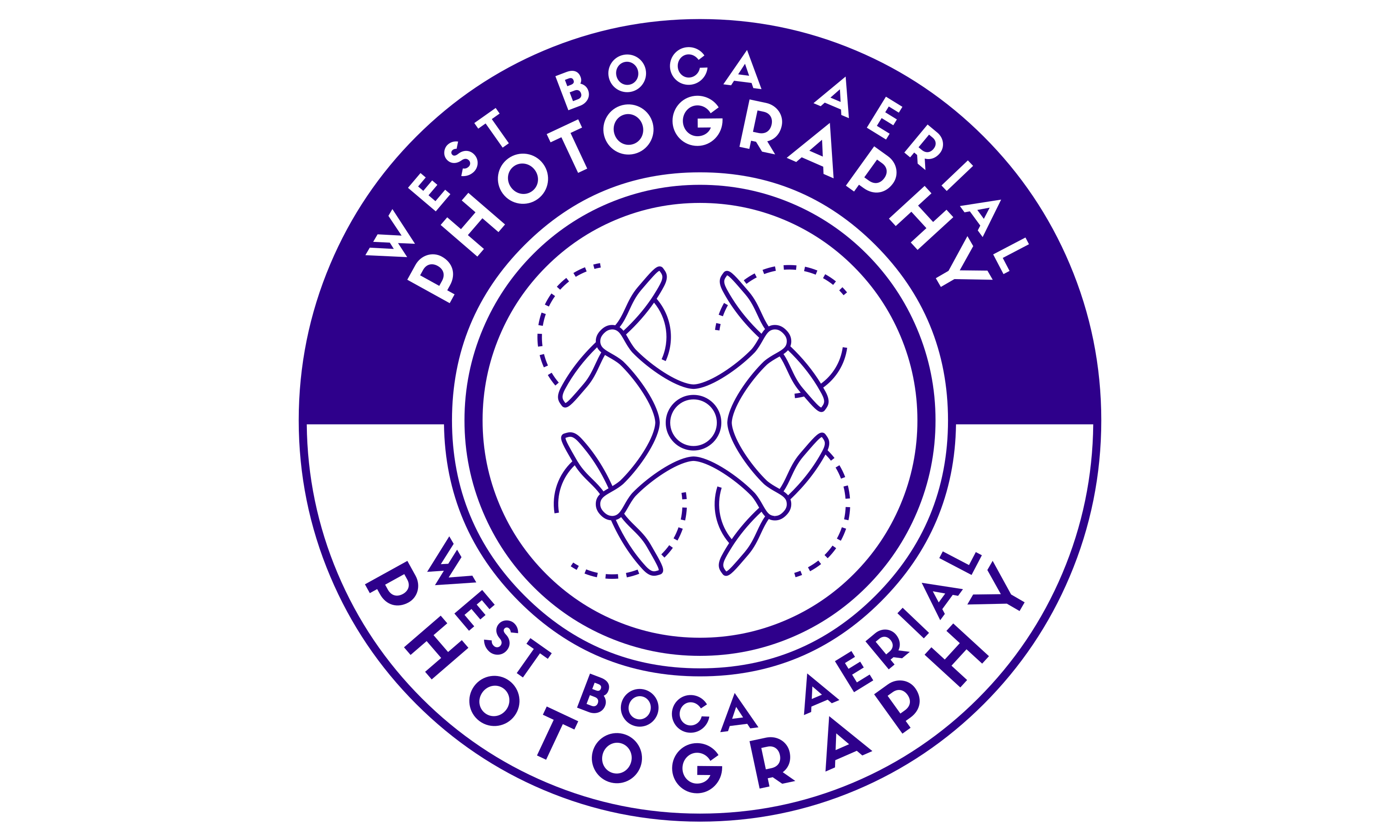In times of natural disasters, such as hurricanes, wildfires, earthquakes, and floods, quick and effective response efforts are crucial to saving lives and minimizing damage. Aerial photography has proven to be a valuable tool in disaster response and recovery efforts, providing critical, real-time information to first responders, emergency management teams, and government agencies.
Aerial photography involves capturing images and videos from an elevated position, typically using drones, helicopters, or satellites. These high-quality images provide valuable insights into the extent of damage, the location of survivors, and the accessibility of affected areas. In disaster response scenarios, aerial photography can be used to assess the scope of the disaster, plan evacuation routes, and allocate resources effectively.
One of the key advantages of aerial photography in disaster response is its ability to provide a comprehensive view of the affected area. Drones equipped with high-resolution cameras can capture detailed images of the disaster site, allowing responders to assess the damage quickly and accurately. This information is crucial for determining the priority areas for rescue operations and directing resources to where they are most needed.
Aerial photography also plays a critical role in search and rescue efforts during disasters. Drones equipped with thermal imaging cameras can detect heat signatures of survivors trapped under rubble or in remote locations. This technology can significantly reduce the time and resources needed to locate and rescue individuals, increasing the chances of survival in critical situations.
In addition to immediate response efforts, aerial photography is also a valuable tool in the long-term recovery process. Once the disaster has passed, images of the affected area can be used to track progress and monitor the effectiveness of recovery efforts. This data can help government agencies and humanitarian organizations assess the impact of the disaster, plan reconstruction projects, and allocate funding to support recovery efforts.
Furthermore, aerial photography can provide valuable insights into the changing environment after a disaster. For instance, drones equipped with multispectral cameras can monitor vegetation recovery after wildfires or floods, helping to assess the ecological impact of the disaster and plan conservation efforts.
In conclusion, aerial photography is a powerful tool in disaster response and recovery efforts, providing critical information to responders, decision-makers, and communities affected by natural disasters. By capturing detailed images of the disaster site, assisting in search and rescue operations, and monitoring recovery progress, aerial photography plays a vital role in minimizing the impact of disasters and helping affected areas rebuild and recover.
************
Want to get more details?
West Boca Aerial Photography
https://www.wbaerialphoto.com/
Boca Raton, United States
Embark on a bird’s eye view adventure with WBAerialPhoto.com! See the world from a whole new perspective and discover stunning landscapes like never before. Stay tuned for an exciting glimpse into the beauty of aerial photography.
